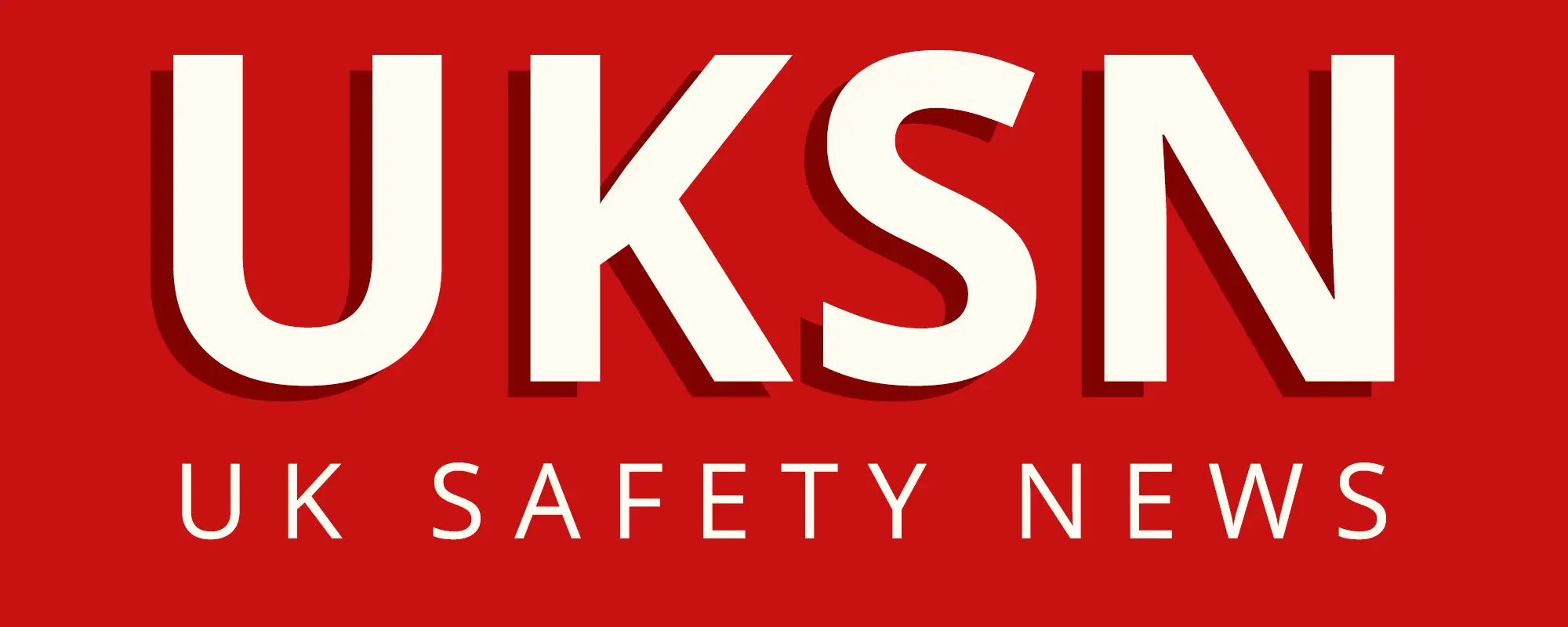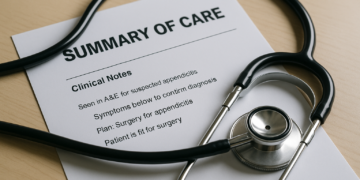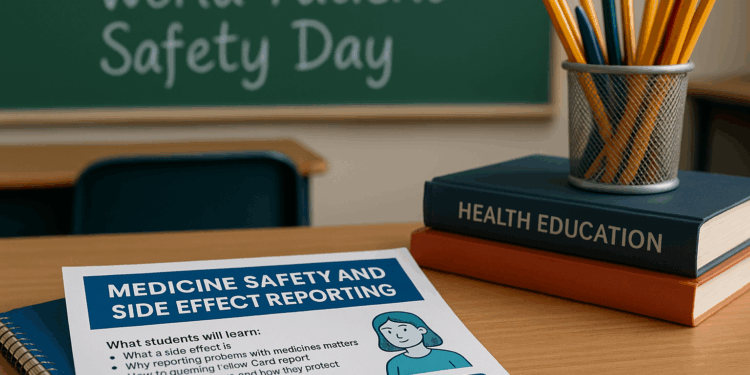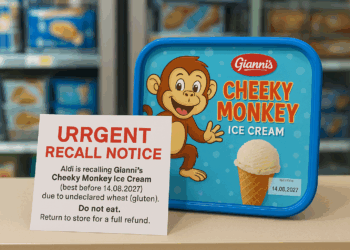Story Highlight
– MHRA integrates medicine safety into school curriculum.
– Students learn to recognize and report side effects.
– Initiative promotes health literacy among young people.
– Children gain tools for safer healthcare participation.
– Links to Yellow Card scheme enhance reporting process.
Full Story
On the occasion of World Patient Safety Day, the Medicines and Healthcare products Regulatory Agency (MHRA) has declared a significant advancement in its public health efforts. For the first time, guidance for Relationships, Sex and Health Education (RSHE) in English schools now includes essential information regarding medicine safety and the reporting of side effects.
Collaborating with the Department for Education, the MHRA has incorporated vital content on medicine safety into the national curriculum. This will enable children and young people across England to understand how to identify and report side effects through the established Yellow Card scheme.
This initiative empowers the younger generation, equipping them with the necessary knowledge to actively manage their health and contribute to safer healthcare practices.
Key Learning Outcomes:
– Understanding what constitutes a side effect
– Recognising the importance of reporting medicine-related issues
– Knowing the procedure to file a Yellow Card report
– Familiarity with the MHRA and its role in safeguarding public health
Lawrence Tallon, Chief Executive of the MHRA, remarked, “This World Patient Safety Day, we’re marking a new era in public health. By equipping young people with knowledge about medicine safety, we’re laying the foundations for a lifetime of safer healthcare. The inclusion of information on how to report side effects via the Yellow Card scheme in schools ensures every child knows that their voice matters in making medicines and devices safer for everyone.”
The updated curriculum now includes direct links to the Yellow Card website and features a child-friendly guide that has been tested with over 3,500 young people. This guide simplifies the reporting process, making it more accessible.
This effort aligns with the global movement aiming to shield children from avoidable harm, supporting the objectives of World Patient Safety Day. It also represents a crucial advance in health literacy, ensuring that even the youngest members of society are equipped to report any concerns and maintain their safety.
The MHRA’s materials are now officially recognised as part of the Health Education resources in England, making vital information on medicine safety both accessible and actionable for all students.























This is a positive step for public safety. Teaching young people how to recognise and report side effects will improve early detection of issues and support stronger pharmacovigilance. Clear guidance and simple reporting routes like the Yellow Card scheme will help embed good practices from an early age. Ensuring teachers have appropriate training and resources and that lessons are age appropriate will be important so the programme is effective and sustainable.
This is an important and practical step. Teaching children how to recognise and report side effects will help build a safer system by improving early detection of issues and encouraging responsible medicine use. Clear guidance for schools and ongoing support for teachers will be key to make the learning meaningful and to ensure students understand when and how to use the Yellow Card scheme.